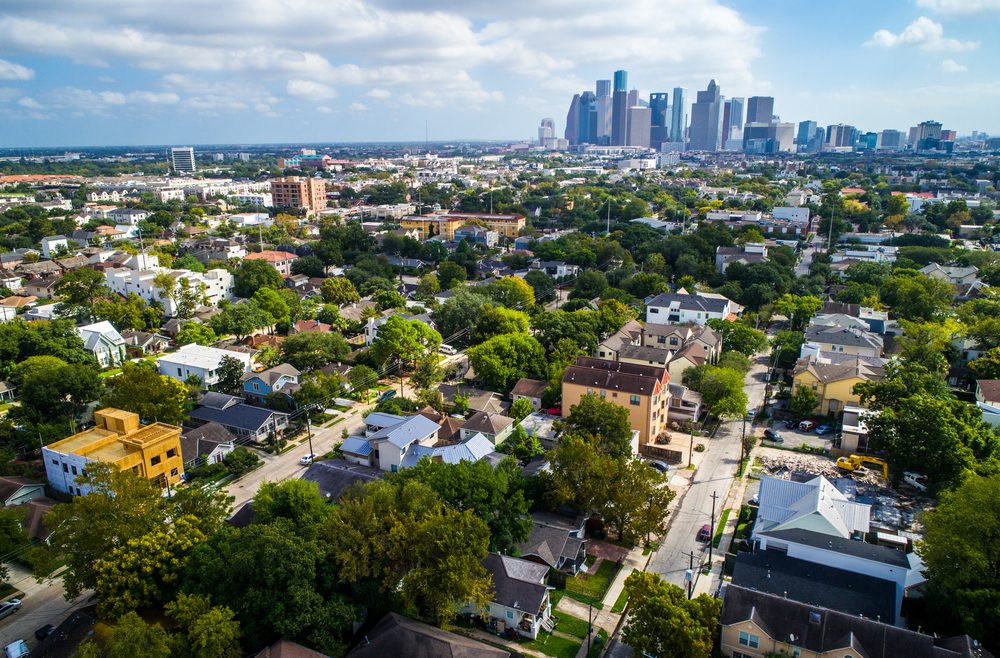In recent years, there has been a noticeable trend of people moving from cities to the suburbs. This migration is not merely a matter of preference; it reflects changing priorities, lifestyles, and economic factors. In this blog, we will explore the reasons behind this shift and discuss one pro and one con for living in the city, as well as one pro and one con for living in the suburbs.
The Urban Lifestyle: Pros and Cons
Living in a city has long been associated with excitement, opportunities, and convenience. However, it comes with its own set of advantages and disadvantages.
Pros of Living in the City:
Access to Opportunities: Cities are hubs of employment, education, and cultural activities. They offer a wide array of job opportunities across various industries. From prestigious universities to world-class theaters, cities provide access to resources that can help individuals grow personally and professionally.
Cons of Living in the City:
Cost of Living: The allure of city life often comes with a steep price tag. Higher rent or mortgage payments, elevated grocery costs, and expensive transportation can take a significant chunk out of your budget. In many cities, residents also face elevated taxes, which can be burdensome.
The Suburban Dream: Pros and Cons
On the other hand, suburbs have been drawing in residents seeking a different kind of lifestyle—one that emphasizes space, tranquility, and community.
Pros of Living in the Suburbs:
More Space: One of the most attractive aspects of suburban living is the abundance of space. Larger houses, bigger yards, and ample parking are common features. Families often find it easier to accommodate their needs for growing households or home offices in spacious suburban homes.
Cons of Living in the Suburbs:
Commute Times: Suburban living can lead to longer commutes to work or other essential services, particularly if your job is located in the city. This can translate to more time spent in traffic, higher fuel expenses, and added stress.
The Suburban Surge: Why Are People Moving?
While both urban and suburban living have their merits, the recent trend of people moving from cities to suburbs has gained significant momentum. Let’s delve into the reasons behind this shift.
Reasons for the Suburban Surge:
- Pandemic-Influenced Remote Work: The COVID-19 pandemic catalyzed a remote work revolution. With more people working from home, the need to live close to city offices diminished. Suburbs offer larger homes with dedicated office spaces, providing a more conducive environment for remote work.
- Affordability: As mentioned earlier, city living can be expensive. Suburbs often offer more affordable housing options, lower taxes, and reduced daily living costs. This financial relief has become increasingly appealing, especially to young families looking to save for the future.
- Quality of Life: The allure of a slower-paced, quieter life has led many to the suburbs. The suburbs often boast excellent schools, safer neighborhoods, and a stronger sense of community. Families looking to provide their children with a better upbringing are finding suburbs more attractive.
- Escape from Urban Crowds: Cities can be crowded, noisy, and sometimes overwhelming. Suburban life offers a reprieve from the constant hustle and bustle, allowing residents to enjoy peaceful surroundings and the beauty of nature.
The shift from cities to suburbs represents a broader change in the way people prioritize their lifestyles and living conditions. While cities offer unparalleled opportunities and excitement, they come with high costs and potential drawbacks such as overcrowding. Suburbs, on the other hand, provide a more serene, spacious, and affordable living environment.
As we navigate the evolving landscape of urban and suburban living, it’s essential to recognize that there is no one-size-fits-all answer. Deciding where to live should be based on individual needs, priorities, and circumstances. What remains clear is that the suburban surge is not just a passing trend; it’s a reflection of changing values and the desire for a more balanced and fulfilling life.
Ultimately, whether you choose city living or embrace the suburbs, the most important aspect is that your living environment aligns with your goals, aspirations, and overall well-being. The beauty of this shift is that it acknowledges the diverse needs and preferences of individuals and families, allowing them to craft the lifestyle that suits them best. Ready to start your search? Contact our team!





